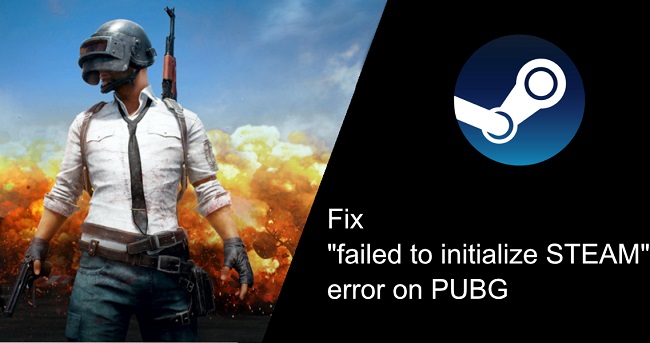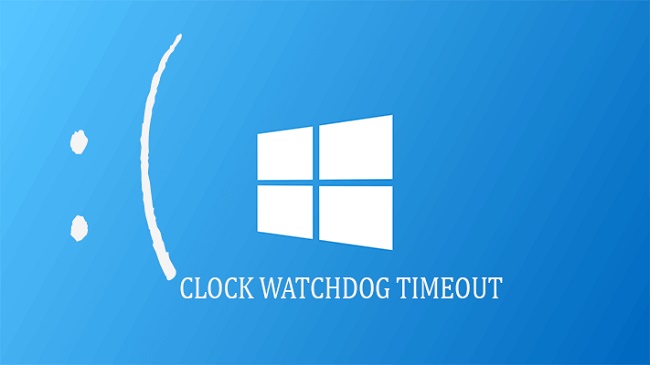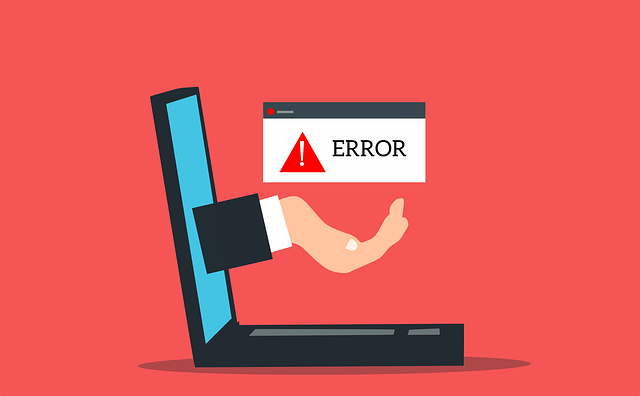Your link-building efforts aren’t producing the desired results, are they? Do you feel like you’re stuck in a never-ending cycle of SEO work? What I mean is doing the same things over and over again and expecting different outcomes each time.
Don’t let bad link building become a habit. Learn to identify potential errors and improve your performance. A sponsored webinar by Michael Johnson, Partnerships Development Manager at Page One Power, was presented under my stewardship on February 2.
Johnson showed how to fix common problems with link building and gave advice on how to improve your campaign’s visibility and reach.

Shown below is a condensed version of the webinar’s main points. Please fill out the form below to have access to the full presentation. Here you will find out some link building mistakes that should be avoided.
Read Also:
- PUBG failed to Initialize Steam
- Watch Food Network Com Activate
- Windows Resource Protection Could Not Perform The Requested Operation
Link Building Mistakes
According to Google’s Webmaster guidelines, if you establish links improperly, Google may penalize your site, which will have a negative impact on your SEO and visitor numbers. In this article, we outline the pitfalls you should avoid to keep your website from falling prey to these link building blunders.
1. Ignoring User Intent
While trying to improve their backlink profile, many website owners and digital marketers make the error of thinking that any link would do. In the context of user intent, this is not wholly accurate.
The goal of a person’s internet search—also known as their “user intent,” “search intent,” or “query intent”—is the driving force behind any given search query.
Search engines take into account the user’s search history, visited websites, and keyword choices to form an educated guess as to the user’s likely intent when conducting a search.
2. Overusing Exact Anchor Text
SEOs frequently utilize exact anchor text to improve their site’s rating. Hover over this link and it will take you there using the anchor text you provided. Such a connection is used by visitors to websites to move between different sections of the same or different sites.
Hyperlinks are most easily recognized as the blue text that automatically underlines itself when the mouse is hovered over them, but they can also be used on images.
While it is recommended to use anchor text that precisely echoes the target phrase, doing so excessively or failing to include any variants of the target keyword can have the opposite effect.
3. Creating Low Quality Content
Google would ideally like it if websites cultivated backlinks via organic link building. Contrasted with the artificial methods of link purchasing and trading, “organic link building” refers to the gradual accumulation of links to a website through more organic channels.
The reality is that this can be a painfully lengthy process, especially for smaller and medium-sized websites, and that purchasing or swapping links is still crucial to developing a robust website.
The importance of acquiring natural backlinks should not be underestimated. Therefore, how can one most effectively encourage natural growth of backlinks? By making superior material instead of subpar stuff. Making useful or viral content that others can’t help but spread is one way to do this.
Written material that adds value rather than merely restating what has already been said, an appealing and eye-catching infographic, or a social media post like an instructional YouTube video or super-engaging TicTok are all excellent examples of shareable content.
This may sound far-fetched, yet some firms have become instant sensations and multi-million dollar enterprises by just producing content that goes viral.
4. Prioritizing Quantity Over Quality
When launching a link-building effort, choosing quantity over quality is one of the most typical errors. Some so-called “SEO specialists” will try to convince you that their unique approach to link building is the only thing missing from your website’s formula for success.
Instead of helping your ranks as promised, they will simply take your money and point a number of low-quality backlinks in your direction. Seems excellent when written down. You check your SEO software and notice a sudden influx of links.
Do you agree that more backlinks are always better? In most cases, no. The authority of each backlinks varies. One type of backlink, known as a toxic backlink, is particularly harmful because of its low quality or spammy nature and is therefore more likely to harm your rankings than improve them.
High-quality backlinks are preferable to a large quantity of low-quality backlinks for a number of reasons. There is a risk that search engines would penalize a website for having many links from low-quality or irrelevant sources.
5. Discounting Nofollow Links
This idea that nofollow links are useless for SEO is another urban legend that circulates frequently. On top of that, there are many who argue that only “dofollow” links are beneficial to a website. Just so you know, we’re not saying that. Links that search engines automatically follow have the greatest value.
Read Also:
Conclusion
To improve your website’s search engine rankings, you may be interested in learning about marketing strategies and practices like link building. There are already over 1.5 billion websites online, therefore it’s important that yours stands out.
When done properly, link building can increase your site’s visibility in search engine results, strengthen your relationship with existing customers, and draw new visitors via social media platforms.
Although this strategy for advertising could be the key to attracting more visitors to your website, many people are making critical errors in its application. Hope now are aware of link building mistakes.
















